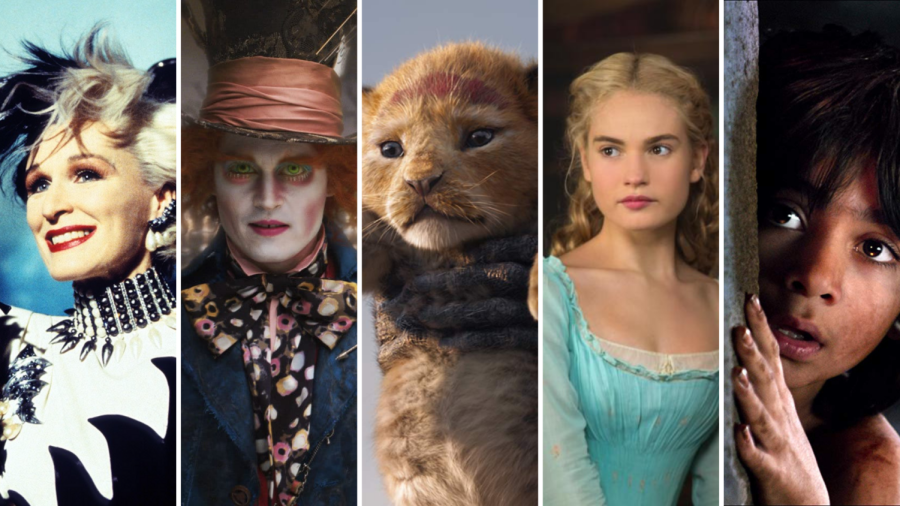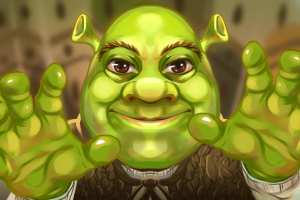Essay: Live-action remakes, when will they end?
Sick and tired of the endless live-action remakes? Assistant A&E Editor Kamiah Johnson explores why Hollywood should put this trend to rest.
Apr 23, 2023
It seems like every time I open Twitter I see another announcement about a new reboot, remake, or live-action production. One week it’s the “Lilo & Stitch” live-action film being announced; the next week Dwayne “The Rock” Johnson is announcing a live-action “Moana” film. With each new report of a live-action adaptation of an animated film, I and many others get more upset. Even though I’m not sure why studios feel the need to rehash pieces of media that no one asked for, I would like to explore why this is a terrible idea to begin with.
Hollywood has a long history of remaking films, starting in the silent era. One of the earliest remakes was Siegmund Lubin’s remake of Edwin S. Porter’s “The Great Train Robbery” which came out less than a year after the original. Although this sounds similar to Hollywood’s current practices, there was more intention with remakes then than there is now. Once sound was introduced to filmmaking, Hollywood started producing remakes of silent movies with sound, giving these films a new life. The same would happen again when color started being introduced. Films such as the 1934 remake of “The Count of Monte Cristo” and the 1954 remake of “A Star is Born” benefited from being remade with Hollywood’s new technological advancements.
Now, it seems like the only draw to remaking movies is to make money. Disney has made 20 live-action adaptations of their animated films over the years, which started as fun remakes that added more to the original story, but now are merely exact replicas that don’t offer much at all. Live-action remakes such as “Alice in Wonderland” (2010) and “Maleficent” (2014) show us alternative outlooks that differ from the original animated movie. Compare this to the 2019 remake of “The Lion King,” which doesn’t add any nuance to the original. It can be argued that there is no reason to make a live-action remake when the original already tells the story adequately, especially when there are no added aspects. “Moana,” for example, is a great movie that tells a beautiful story, and I just can’t see what more they can add in a live-action version that they didn’t already do in the original. The news that Disney is making live-action remakes of “Lilo & Stitch,” “The Princess and the Frog,” and the upcoming “The Little Mermaid” movie, makes me worried that these beloved animated classics won’t get the treatment they deserve and ultimately lose the magic they once had.
Disney isn’t the only perpetrator either. Dreamworks announced they are making a live-action “How to Train Your Dragon,” directed by Dean DeBlois who originally directed the animated film. “How to Train Your Dragon” is loved by many in its original context, so the need to reinvent what already works is unnecessary, especially since not much time has passed since the original was released in 2010. The magic of animation allows creatives to tell stories in special ways that just can’t be translated into live-action. The magical feeling of watching animated Toothless flying around a viking village won’t feel the same in live-action.
It seems to me that studios do not take animation seriously. Even Disney’s own CEO Bob Chapek said that adults won’t watch animated movies on their own. While that might be true to some degree, we shouldn’t push animated films to the side as if they are not on par with other films. To quote Guillermo Del Toro, “Animation is a medium, not a genre – nor an interest for kids & families only,” and it’s a medium that needs to be protected. Although there are older animated films that benefit from a live-action remake by providing alternative perspectives, strong animated films like “Puss in Boots: The Last Wish” and “Guillermo Del Toro’s Pinocchio” carry the nuance of live-action cinema, but possess a unique heart that makes them so special. I implore Hollywood to leave these animated films alone and start creating new and innovative ideas for live-action films.
Image courtesy of Mashable SEA
















